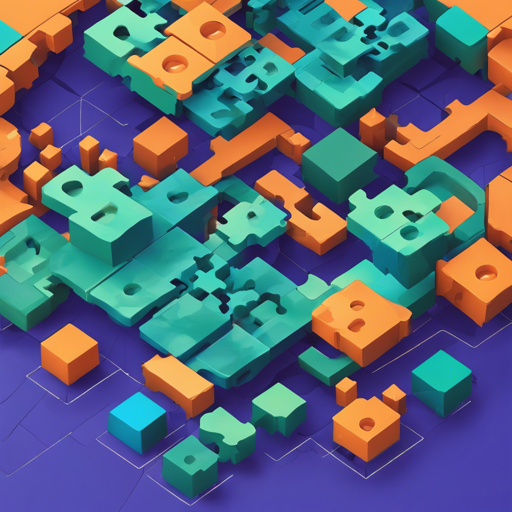Welcome to the world of blockchain development! If you’re looking to bring your innovative blockchain ideas to life, Scorex 2 is the platform for you. This modular blockchain framework, developed in Scala, provides a flexible environment for experimentation with various blockchain designs. In this article, we’ll guide you on how to get started with Scorex 2, its features, and some troubleshooting tips.
Getting Started with Scorex 2
To embark on your blockchain journey with Scorex 2, follow these steps:
- Install Scala: Ensure you have Scala installed on your computer. The framework is developed using the Scala programming language, which is crucial for running Scorex 2.
- Clone the Repository: Access the source code by cloning the Scorex repository from GitHub.
- Explore the Directory: Once cloned, navigate through the codebase to familiarize yourself with its structure and components.
- Experiment with Examples: Scorex 2 comes with example blockchain implementations. Find them in the examples directory to see how features are utilized in real-world scenarios.
Understanding the Core Features
Scorex 2 stands out due to its unique features:
- Compact and Functional Code: The codebase is designed to be concise and effective.
- Modular Design: Users can easily select and change components like the consensus layer or transaction layer to suit specific needs.
- Asynchronous Networking: The framework supports an asynchronous networking layer built on TCP for efficient communication.
- Cryptographic Safety: It utilizes an external scrypto framework to handle cryptographic functions, ensuring a secure environment.
- Rich API: Offering a JSON API makes it easier to interact with the framework programmatically.
Building and Publishing Your Blockchain
Once you’re comfortable with the framework, you may want to create your own blockchain system. Here’s a general approach:
- Tagging the Version: When you’re ready to release your version, create a tag in the format vX.Y.Z. This labeling is essential for managing versions.
- Creating a GitHub Release: Use the new tag to create a release on GitHub. This action will trigger the necessary workflows to publish your release.
Troubleshooting
During your development journey, you may encounter some issues. Here are a few common troubleshooting tips:
- Dependency Issues: Ensure that all the necessary dependencies are correctly installed. Refer to the documentation for the required libraries.
- Compilation Errors: If you run into compilation errors, double-check your code for syntax mistakes or missing imports.
- Networking Issues: Check your network settings if the asynchronous layer isn’t functioning. Firewalls or incorrect port configurations may impede connectivity.
- Testing Your Code: The codebase testing might not be perfect. Taking the time to write new tests can not only help you but the community as well.
For more insights, updates, or to collaborate on AI development projects, stay connected with fxis.ai.
Conclusion
Scorex 2 offers a robust framework for developers seeking to innovate in the blockchain space. The modular approach allows for customization, making it an excellent choice for various blockchain implementations. With its comprehensive documentation and community support, you’ll find the resources you need to succeed.
At fxis.ai, we believe that such advancements are crucial for the future of AI, as they enable more comprehensive and effective solutions. Our team is continually exploring new methodologies to push the envelope in artificial intelligence, ensuring that our clients benefit from the latest technological innovations.

